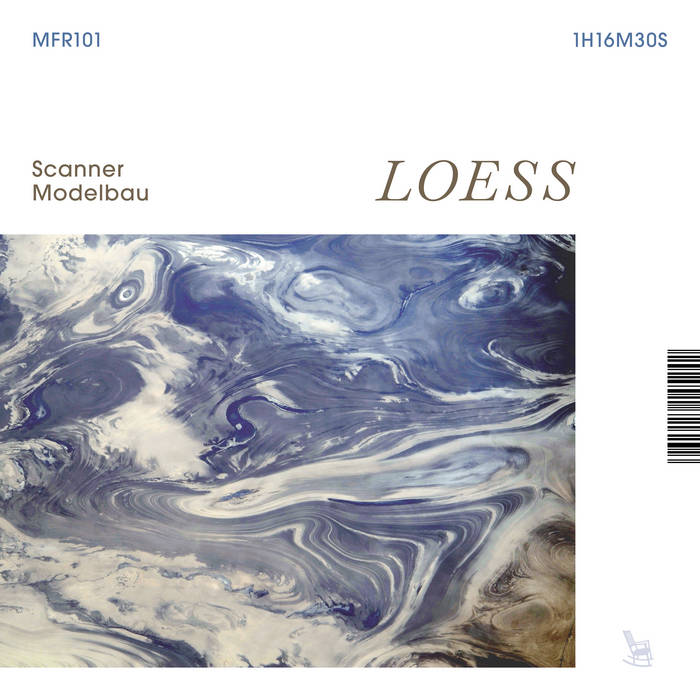no products in the cart
0

Collaboration is key to the practices of both musicians. Both Rimbaud and De Waard exhibit long histories of collaborating with others from very different fields. They both understand that the ability to exchange and share ideas is crucial, and how these collaborations allow both parties to work as both negatives and positives of each other, recognising spaces within the work fields and ideas. It teaches the respect of space and the relevance of context and extension of one to the other.
Interestingly, despite the advent of digital technologies, file sharing and the ability to exchange material online, Rimbaud and De Waard agreed to make a return to their roots. The discovery that they both owned Fostex 280 four-track tape machines led to this musical conversation, where works were recorded in isolation, Rimbaud in the UK, De Waard in The Netherlands. The cassette tapes were then exchanged in the post and subsequently worked on. Neither could anticipate how the other might respond.
The results are startlingly enticing. Time seems to lengthen, and the interplay of tones and overtones create rich pathways of sound. There is a sense of space and form that envelops each piece. Unusual textures combine to form an elemental whole. At points, it’s both equally serene and shadowy, hypnotic and poetic.
€30,00
only 3 left

Collaboration is key to the practices of both musicians. Both Rimbaud and De Waard exhibit long histories of collaborating with others from very different fields. They both understand that the ability to exchange and share ideas is crucial, and how these collaborations allow both parties to work as both negatives and positives of each other, recognising spaces within the work fields and ideas. It teaches the respect of space and the relevance of context and extension of one to the other.
Interestingly, despite the advent of digital technologies, file sharing and the ability to exchange material online, Rimbaud and De Waard agreed to make a return to their roots. The discovery that they both owned Fostex 280 four-track tape machines led to this musical conversation, where works were recorded in isolation, Rimbaud in the UK, De Waard in The Netherlands. The cassette tapes were then exchanged in the post and subsequently worked on. Neither could anticipate how the other might respond.
The results are startlingly enticing. Time seems to lengthen, and the interplay of tones and overtones create rich pathways of sound. There is a sense of space and form that envelops each piece. Unusual textures combine to form an elemental whole. At points, it’s both equally serene and shadowy, hypnotic and poetic.


sign up for moody picks, inspiring interviews & more.

